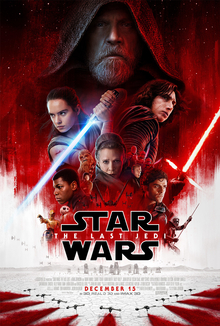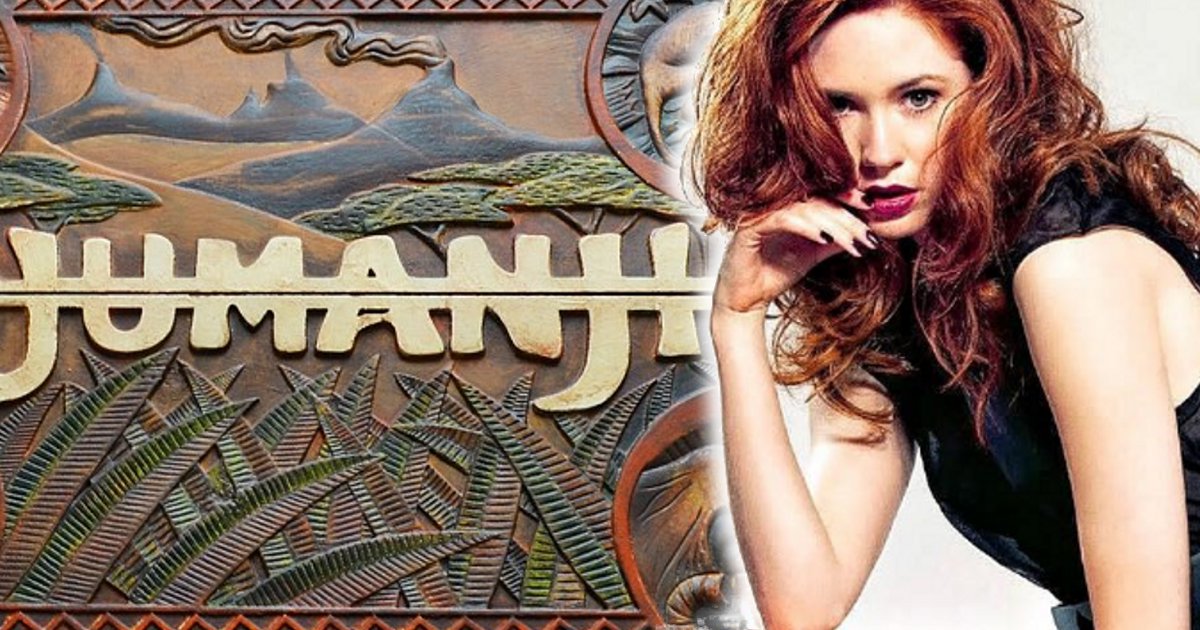4 Film Reviews
By Brent Cutler
RESURECTING OLD AND DISCREDITED MYTHS
Film 1. Kingsman – the Secret Service (2014)
Film 2. Kingsman – The Golden Circle (2017).
There is nothing like resurrecting old and discredited myths; but if it’s got to be done make a blockbuster movie or two. This was clearly the case with the two Kingsman films; Kingsman – the Secret Service (2014) and Kingsman – The Golden Circle (2017).
The concept behind Kingsman is an elite secret service unit based in a Saville Row tailors shop; recruits are selected from all walks of life and have to undergo highly extensive training. Those selected are provided with the latest weaponry as well as made to measure suits and training in social etiquette for those from less well-heeled backgrounds.
The films centre around the character of Gary Unwin (played by Taron Egerton), known as Eggsy, a working-class youth whose father was killed in military action back in the 1990s. Eggsy finds himself on the wrong side of the law after an incident of joy riding in the first of the two films and is saved from incarceration by his slightly well-heeled mentor, Harry Hart played by Colin Firth.
Both films are based around the notion of a benevolent state with it’s intelligence service looking after us innocent folk. I seem to hear the term “Greater Good” used rather a lot these days. The idea of the intelligence services working for the benefit of all comes in the light of revelations about spooks infiltrating environmentalist groups and engaging in elicit relationships with their female members; whilst at the same time failing to halt terrorist outrages such as the incident in Greater Manchester. Perhaps if they had not interfered with Libya in the first place we might have been better off but that is perhaps for another article.
Both films are based around the One-Nation Tory notion of upward mobility and New Labour pure meritocracy. In these days of the housing crisis, zero-hour contracts and tuition fees perhaps we should simply view both films as comedies. Surveys also suggest that university graduates from working class backgrounds still earn less than their well-heeled counterparts. In other words, once you have paid off your tuition fees, spent much of your valuable study time working for Deliveroo; you might be lucky enough to work in a call centre.
However, I must confess that in terms of pure entertainment I did enjoy watching both films. They are filled with action packed scenes and excellent special effects. The second film features two young working-class actors; Thomas Turgoose from the This is England series and Kema Sikazwe from I Daniel Blake.
Like all action adventure films, they have their bad guys. In both films the villains are from the non-ethical super rich. In the first film a computer geek played by Samuel L Jackson and in the second film a drug baroness who lives in a 1950s theme park in Cambodia, played by Julianne Moore. In other words once these few bad apples have been defeated, usually violently, the ethical capitalists can get on with running the world and we need not worry.
A recurring villain in both films is Charlie Hesketh, played by Edward Holcroft from London Spy. Charlie, with his sense of upper class entitlement and pure arrogance, is the antithesis of the working class Eggsy. After failing the Kingsman selection process Charlie goes on to work for the bad guys; those of us from a left wing disposition would claim that the likes of Charlie are the Bad Guys. Again, the reality is our ruling class is made up of the Charlie Heskeths and not the likes of Eggsy.
As well as the undeserving, or over entitled rich, the other bad guys in both films are the bad mannered and ignorant poor. In the case of the first film Chavs in a London pub and Rednecks, in an American dinner in the second. What is perhaps interesting is the relative ease with which Harry Hart finishes off the lower orders in both cases and the resources needed to defeat the wealthy supervillains. What does this tell us about where real power is?
TEEN MOVIE SET IN MIDDLE AMERICA AND IN A JUNGLE
Film 3. Jumanji
Jumanji is essentially a US teen movie, set in what is commonly referred to as Middle America. The film explores issues of modern society such as overdependence on mobile phones as well as the role of computer games. It also goes into the possibility of individuals changing personal characteristics and even taking on different personas.
At the start of the film the heroes, find themselves doing community service for breaching High School rules, become trapped in a computer game. The theme of the story is to get out of the game, Jumanji, to do this they must succeed at all levels of the game and complete the quest.
The question I asked myself was whether elements of the film expressed America’s view of the world as a Game. Part of the game is set in a jungle – perhaps reference to Africa. More poignantly there is a scene set in a bazaar which resembles a Middle Eastern city, Baghdad perhaps. The villains are mindless automatons, with their faces covered, a possible reference to Middle Eastern insurgents. This could be said to show how the United States views the outside world; essentially as an exotic game in some kind of separate dimension.
The idea of viewing the world as a Game is not as ridiculous as it sounds. In the 1950s at the height of the Cold War the U.S mathematician, John Nash, developed the concept of Game Theory. Game Theory, based around the idea of the zero-sum game was used as a guide to U.S foreign policy for a number of years. Perhaps now it has descended into popular culture.
The film contains elements of Indiana Jones, Harry Potter as well as aspects of Joseph Conrad’s Heart of Darkness. Some of the scenes resemble those from earlier films; for instance, the heroes are chased by stampeding rhinos, this very much resembles the 2005 adaptation of King Kong, also starring Jack Black, which features stampeding Brontosauruses.
Although essentially a teen film, it can be enjoyed by films lovers of all ages. As someone who has been watching films, or going to the pictures for some years, I can remember when the only items on sale in the foyer were bags of sweets and obviously popcorn. I was about to say in my day, you went the cinema and then followed it by a visit to a nearby restaurant or pub. Now I notice film goers entering the auditorium carrying what appears to be their dinner.
EPISODE EIGHT OF STAR WARS’ BIG SCREEN CINEMATIC EFFECTS
Film 4. Star Wars The Last Jedi
The Last Jedi is episode eight of the Star Wars series; episode six the Empire Strikes Back saw the Evil Empire of Darth Vader and Emperor Palpatine defeated by the rebel alliance. In episode seven, The Force Awakens, we see the Empire reconstituted in the form of the First Order. We also see Kylo Ren, the son of Han Solo and Leia Organa turn to the Dark Side; meanwhile the rebels return to being rebels, an inter-galactic example of permanent revolution perhaps.
The Last Jedi shows a mixture of good cinematic effects, which perhaps can only be appreciated on the big screen, a complex story and an array of new characters. There is discussion in the film about the past mistakes of the Jedi Order; an order that bears many similarities to the Warrior Monks of the middle ages.
The new characters emanate from the middle and lower ranks of the resistance and have a tendency to disobey orders and act independently; after all they are rebels. There is one section of the film where a rebel duo visit a planet inhabited by the super-rich, dominated by a mega casino and private security guards. It is later explained that these people obtained their wealth by selling weapons to both sides in the conflict; a possible attack on the arms trade? Must I remind readers that good science fiction is as much about the present as about any imagined future.
The use of CGI enabled the film makers to use the late Carrie Fisher to continue to play General Leia. Some may argue about the efficacy of this. Are there not better ways to honour the memory of someone who may have led a somewhat tragic life but was still an outstanding actress? It also poses the question if the recently deceased can be reused in films, why not bring long dead actors back to life?
As someone who has seen every Star Wars film since 1977, it probably is worth a trip to your nearest multiplex. Which, unlike in 1977, you may now find surrounded by an array of overpriced restaurants staffed by twenty somethings on zero-hour contracts.








